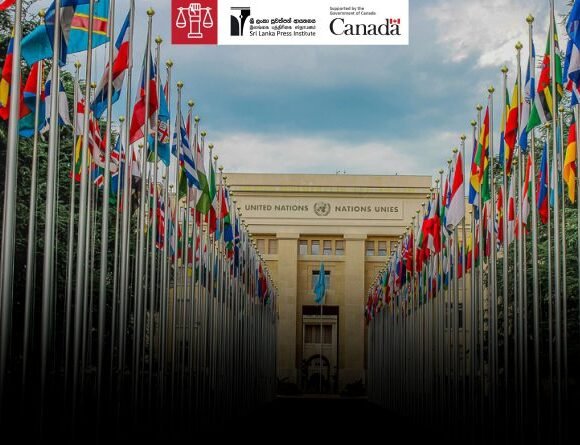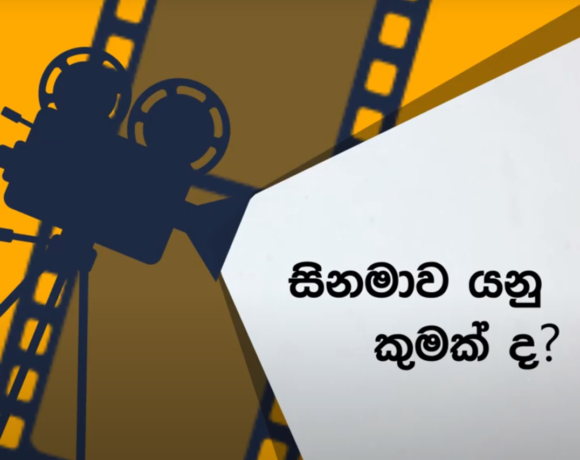
Digital Stories that can Affect the Society
Nilupuli Nayanathara Jayathilaka
Digital story can be identified as an action that is done by any person who owns a smart phone or a digital camera in their own social media account. Life experiences, opinions, impressions special incidents and any incident that we do not think of seriously can be looked at in a different way through digital stories. They can be used as digital stories by anybody who is interested in this field. Even though many social media users upload photos they capture in social media plat forms. Very few are aware of how to bring out an important message to the society by attaching a description, caption or a hash tag to their picture. Specially during this covid 19 pandemic many people were tempted to spread their helping hand to the people who are in need by seeing the photographs of the victimized parties on social media plat forms. When most of the students failed to join their online classes due to signal failure, their photographs and videos that explain their plight were shared in social media plat forms. The New York Times web has also reported how Indonesian children engaged in their online education being on the sides of roads because they do not have signal connection to their houses.
When we see this, we remember similar incidents being shared on Sri Lankan social media plat forms. That is the specialty of digital stories. Because of the hash tags that are used by the social media users, anybody can have access to all the posts with similar hash tags in the thread.
However, digital stories are not only used to help others. They can also be used to change rooted attitudes in the society. It is good to mention a Sri Lankan example rather than mentioning an international one. When we hear the word “Mulathew” we remember the war which was prevailing for years, broken and damaged houses, people suffering from poverty and the dryness of the environment. But if someone checks the hash tag #everydaymullativu, it explicates some unexpected types of photographs such as the beauty of the area and the genuine smiles of the people. Sometimes you may feel that Mulathew is a completely different area from your imagination after seeing the photographs under this hash tag. In everydaymullatuvu instagram account, they have published a photograph of a street vendor with a small story.
We can take Somalia as another example. With the idea of Somalia, we imagine situations such as poverty of people, pathetic plight of them and dryness of the environment. That is because of the stories we have come across for a long period of time. We use the term “It is like giving bread to Somalia” when we get some food after being hungry or a long time. It suggests that the people in Somalia suffer from hunger and malnutrition. But the pages that the hash tag #everydaysomaliya is used try to say a different story about Somalia. Given below is a photograph which has been posted using that hash tag and it reveals a completely different story about Somalia from our imaginations.
Because of the TV programs and movies that we watch, we believe that the areas, communities, regions and environment that are shown in them are real. Most of the times, we look at those environments through the eyes of the creator of the movies. It is very difficult to get a clear idea about the real places until we visit those places on our own. Therefore, digital stories are very useful to change the negative attitudes on a certain community or a place. The concept of digital story telling has been introduced to the Sri Lankan youth by the pioneer of ‘Digital Story Telling Organization’, Mr: Benilarose Thushan. At the 75th anniversary of their organization, they have organized a program under the theme ‘To mould our future’. At the function he mentioned the importance of empowering the youth with the skills of digital literacy and news paper art under the topic of “Digital citizenship, youth and multilateralism”. According to him, the youth can be empowered to engage in different things rather than being stick to the typical everyday activities. Furthermore, at the webinar program organized by the United Nations Organization under the theme of “digital stories during covid 19 pandemic”, he mentioned that digital stories can be used to make a change in the society even in such a pandemic situation to protect the peace and integrity in the society. Many people are more attached to social media plat forms during this pandemic situation. Because of several incidents happening in the country, different racist and religious attitudes, mythical beliefs and hate speech are being indirectly spread in the society. According to Mr: Thushan, such things can also be avoided by using digital stories in a productive way. As an example to his statement he mentioned about a photograph he took on the day before the Easter attack in last year and its back ground story
Diversity is an ornament to our country. Citizens should be well aware of this diversity to use it for peace and integrity, development, security and the betterment of many fields. They should have empathy towards that diversity in the society and between communities. The above mentioned picture of the balloon vendor and its back ground story can be used in a digital story to socialize an important message.
Behind every picture we post in internet and in social media plat forms there is a specific back ground story. Most of the times, that story may be only known to the photographer or the person who appears in the photograph. Posting the background story of the photograph along with the relevant hash tags help the people to understand the back ground and the message conveyed through the digital stories. Therefore, it is clear that the concept of digital stories can contribute to make a change in the society. Digital stories directly affect the perspective of individuals. It helps to make a social change in a better and positive way.








